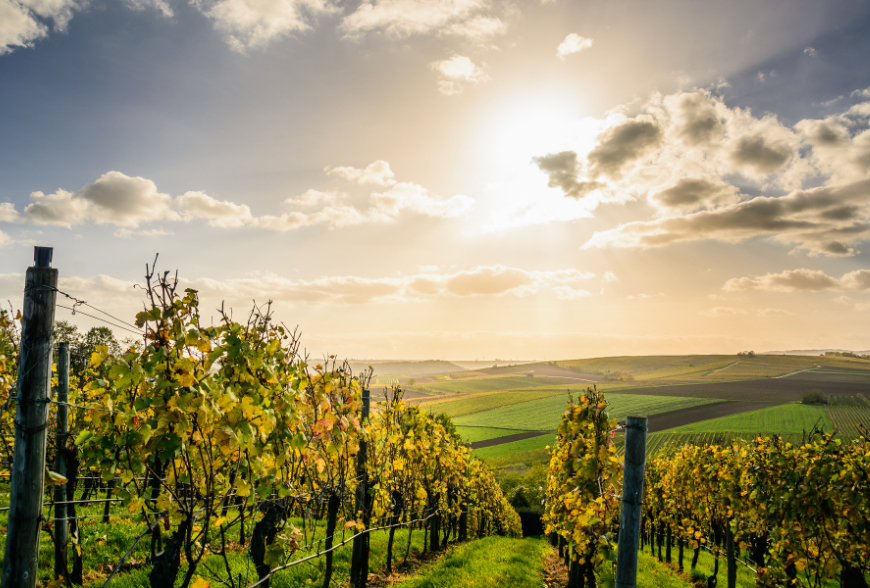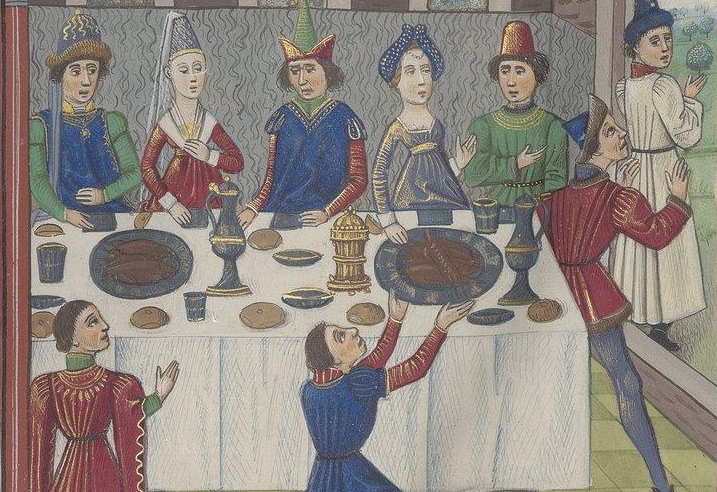For almost a century, the Institut national de l'origine et de la qualité (INAO) has played a pivotal role in the regulation of wine in France. This structure protects the richness of France's wine heritage by guaranteeing strict standards. Its work contributes to the worldwide reputation of French wines.
An institution born to protect quality and origin
INAO vin was founded in 1935 against a backdrop of fraud and confusion over product origins. At the time, the urgent need was to protect serious winegrowers from commercial abuse. The institution quickly became a control and certification body, responsible for overseeing controlled appellations.
Even today, it ensures compliance with the precise specifications defining each appellation contrôlée, whether for wine, cheese or other agricultural products. Wine has a special place here, as it is the foundation of much of France's reputation.
The foundations of French wine regulations

Each wine regulation is based on several criteria defined by the INAO. These criteria include the authorized grape variety, the geographical area of production, and the methods of cultivation and vinification. This requirement prevents abuses and guarantees the authenticity of the product.
INAO doesn't just define the rules. It regularly inspects estates and can withdraw an appellation in the event of non-compliance. This arbitration role gives the institution great authority in the wine world.
The appellation recognition process
To obtain an appellation contrôlée, a group of producers must submit a complete file to the INAO. This file describes the geographical area, production history, grape varieties and methods used. Next comes a consultation phase, followed by scientific analysis and field verification.
This process can take several years. The aim is to demonstrate a strong link between the product and its territory, otherwise known as "terroir". If the criteria are validated, the INAO forwards its recommendation to the Ministry of Agriculture for approval.
Appellation contrôlée: a label for transparency
Obtaining an appellation contrôlée is not enough to guarantee longevity. Every year, winegrowers must comply with the rules imposed by the specifications. INAO can intervene to carry out random or targeted controls. This constant monitoring ensures that wine regulations are fair and fairly applied.
It's this reliability that allows consumers, both in France and abroad, to have confidence in products bearing the AOC or AOP label. These acronyms have become essential benchmarks for anyone looking for a quality wine.
A mission extended to protected geographical indications
Over the years, INAO has extended its remit to include Protected Geographical Indications (PGIs). Less strict than AOCs, these designations offer greater flexibility, while still providing a framework for geographical origin.
This extension made it possible to include wines which did not meet the demanding criteria of AOCs, but which nevertheless deserved some form of recognition. In this way, INAO ensures that the diversity of French wine is preserved, whether it comes from grand cru vineyards or more modest terroirs.
Modern challenges for a historic institution

Faced with climatic challenges and new consumer expectations, the INAO must constantly adapt its criteria. Winegrowers are experimenting with new grape varieties or organic practices. INAO then works with them to develop the specifications.
This controlled flexibility enables French wine to remain relevant and competitive on the world market. The institution does not hinder innovation, but seeks to integrate it intelligently within common rules.
INAO's educational role
In addition to its control and certification functions, INAO also plays a training and information role. It provides resources to help winegrowers better understand wine regulations, and guides consumers in their choices. Its action promotes not only producers, but also local know-how.
Numerous online tools explain how Appellations Contrôlées and IGPs work. These tools provide a clearer understanding of the complexity of the French system, which is based as much on tradition as on rigorous organization.
A guarantor of wine heritage
INAO is a key player in the wine industry. By ensuring the recognition and protection of controlled appellations, it guarantees the continuity of age-old know-how. Each certified bottle is the fruit of a collective effort by producers, scientists and representatives of the institution.
Its role goes beyond simple administrative validation. INAO embodies a vision of wine as a product of culture, rooted in a territory and the bearer of a history. Thanks to INAO, the richness of French wine remains intact in the face of the challenges of the modern world.
If you enjoyed this article, please read the following one "Grape-free wine: towards a revolution in viticulture?"which may also be of interest to you!





